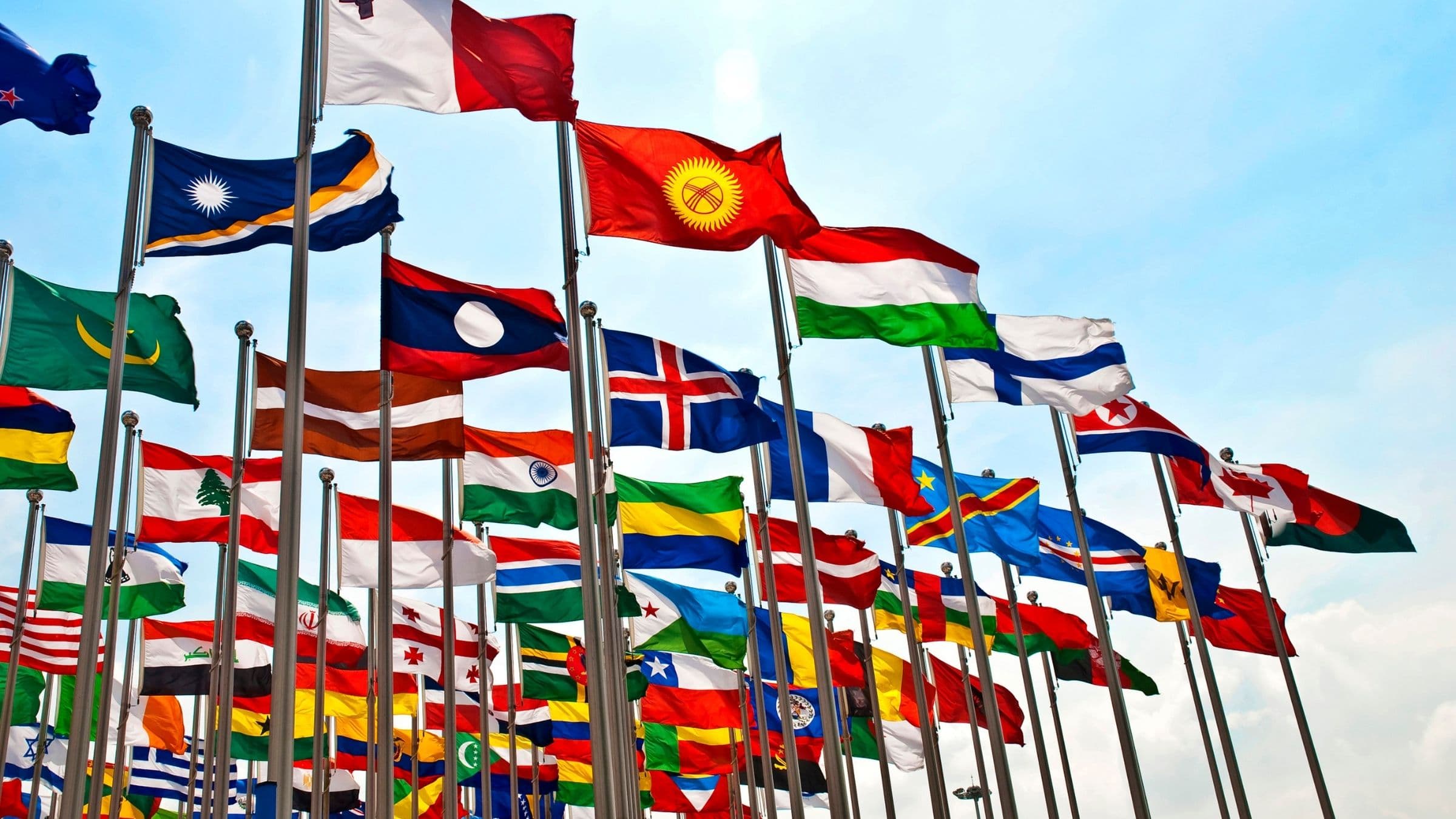
COUNTRY PROFILE
Discover more about the North Africa market. Events, resources, and more are linked throughout the profile.
JUMP TO SECTION

$43.6 billion
retail sales in the packaged food market in North Africa in 2023

50.9%
growth in retail sales in the packaged food market since 2019

$127.2 million
U.S. exports of processed foods to North Africa in 2022
North African countries are projected to see a slight increase in economic growth to 4.6% in 2023 and 4.4% in 2024, and should make green growth an urgent priority, according to the African Development Bank. The pan-African institution published its 2023 North Africa Economic Outlook report in Tunis on July 27, 2023, under the theme “Mobilizing Private-Sector Financing for Climate and Green Growth in Africa.”
According to the Bank Group, growth in the region is essentially driven by the service sector, particularly trade and tourism. Growth in North Africa in 2022 was moderate: 4.1% compared with 5.4% in 2021.
However, there are significant disparities between countries in terms of the rate of growth, explained Audrey Verdier-Chouchane, Bank Group Regional Economist for North Africa and interim head of the Country Economics Department for Central Africa, North and West Africa, who presented the report. “To sustain inclusive growth, the region should implement structural reforms that support the development of the private sector, improve productivity and employability, and create job opportunities,” stressed Verdier-Chouchane.
Inflation in the region is set to climb into double digits (14.2% in 2023), before falling to 6.9% in 2024. The regional budget deficit should continue at around 3.5% of gross domestic product (GDP) in 2023 and 3.2% in 2024. The region’s balance of payments deficit is expected to fall to 0.5% of GDP in 2023 and 0.2% in 2024. The global economic environment, including the price of fossil fuels, the structure of trade, tourism, and foreign direct investments, will influence the region’s external position, according to the African Development Bank.
U.S. exports of processed foods to North Africa reached an all-time high of US$287.4 million in 2021. In 2022 those exports dropped 56% to US$127.2 million, a loss of US$160 million which adds to the U.S. trade deficit in food and agricultural products. By year to date (YTD) October 2023, U.S. processed food exports dropped again, 31% to US$76.1 million. That equates to US$34.6 million, a total of US$194.6 million added to the U.S. trade deficit.
Top U.S. processed food exports to North Africa in 2023 included:
According to Euromonitor International, a market research provider, retail sales in the packaged food market in North Africa reached US$43.6 billion in 2023. That represents a growth rate of 50.9% or US$14.7 billion since 2019. By the year 2028 the retail sales in the packaged food market in North Africa is expected to reach US$67.6 billion, a growth rate of 40.4% and US$19.4 billion from 2024.
High growth products in the forecast include:
